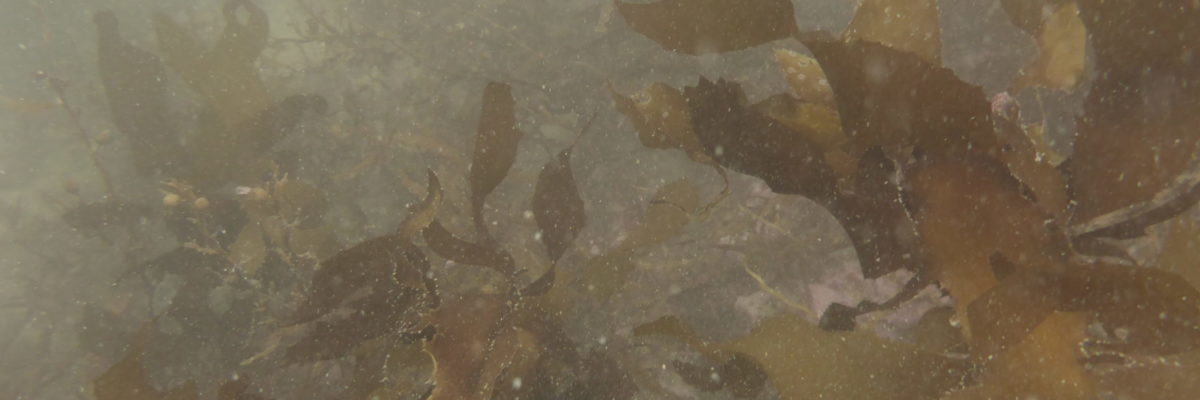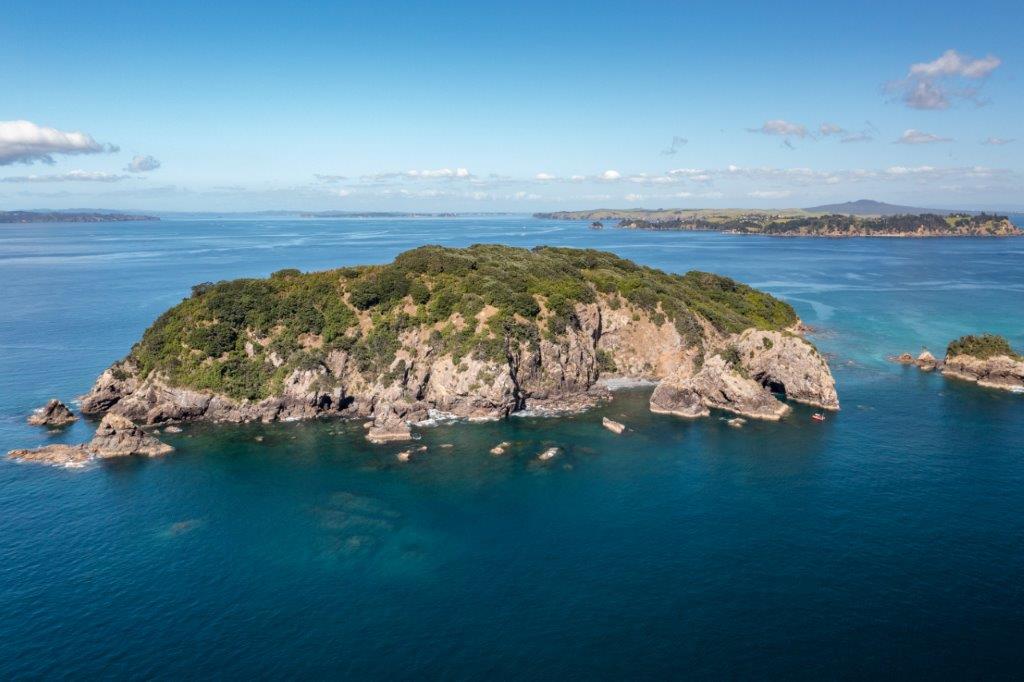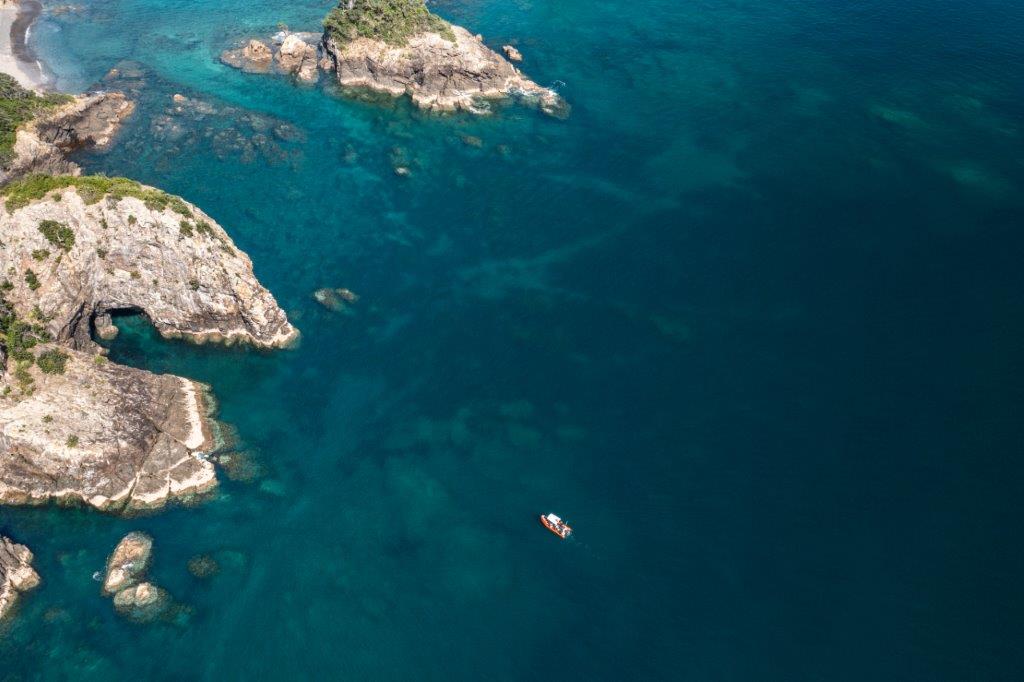The Noises hold a very special interest for seabird lovers. Being home to at least…

Documenting another chapter
One of the neat things about The Noises Marine Restoration Project is that we’re rich in observations and science. Marine biologists, ornithologists, archeologists, and more.
It’s been over a year since the Government’s Response Strategy to Sea Change Tai Timu Tai Pari was released, so we decided to ‘ask the team’ to document observable degradation at The Noises. It may be a doom and gloom lens to apply, but it’s important to keep front of mind that the marine environment won’t respond to good intentions. Only actions.
We sent our observations to Government leaders to implore them to move with pace and deliver protection of the Hauraki Gulf Marine Park this parliamentary term.
These observations represent only a fraction of the changes that are occurring around The Noises and will reflect what is occurring throughout the Hauraki Gulf / Tīkapa Moana / Te Moananui ā Toi.
Published here for the record, are some of the team’s observations from the 2022 summer/autumn period around The Noises.
The marine heatwave has been devastating for marine biodiversity – Last summer’s La Niña weather event saw months of higher-than-average sea surface temperature, with warm onshore north-east winds resulting in an unprecedented marine heatwave. It was the longest marine heatwave recorded by the Leigh Marine Laboratory since monitoring of sea surface temperatures began in the 1960’s. Water temperature was 20°C or above for five months – almost twice the duration of the long-term average – peaking at 24.5°C in February.
Long periods of higher than average temperatures can impact marine ecosystems in multiple ways with notable observations being kelp, sponge and shellfish die-off, increasing occurrence of invasive species suited to warmer conditions and species migrations.
These effects appear to be greatest where the environment is already stressed, such as in areas of kina barrens. Most of us will be familiar with seeing this play out readily in terrestrial environments, with the appearance of weeds and invasive species taking over vacant or degraded land. Compare that to a healthy forest environment where such ‘incursions’ would be less so.
The higher sea surface temperatures can affect the timing of plankton blooms that then mismatch with food requirements higher up the food chain. This may be the cause of numerous Kororā/Little blue penguin deaths over summer, with starvation confirmed as the underlying cause.
Loss of dog cockles – In February 2022, there was a sudden dog cockle mortality event. Theories suggest this is linked either to water temperatures and/or the presence of ostreopsis (a smothering algal bloom) on the sand. This unwanted seasonal bloom is intensifying and could have an impact on future recovery of scallops and other bivalves.
Sponge melt – Since 2020 there has been an overall decline in sponge abundance, however, in early 2022 an increase in sponge necrosis and full detachment in the two largest sponge species (Ecionemia alata and Stelleta conulosa) that are found on the reefs around The Noises was observed. Labelled “sponge melt”, it happened suddenly. Sponges play an important structural role on reefs, with filtering activity and provision of habitat for juvenile fish. A recent blog documents observations from The Noises on this issue.
An invasive species has spread throughout the area – In 2020 the invasive tropical/sub-tropical ascidian Symplegma was observed within a study control area[1] at The Noises. In early 2022 this species spread quickly throughout the site and was also detected within the reefs around the Ahaaha Rocks (Eastern area of The Noises group).
Sea bird declines – We’re also seeing impacts on the breeding success of seabird populations[2]. The summer marine heatwave resulted in the death of Kororā/Little blue penguins through starvation, not only around The Noises but throughout the North Island. Other species showed reduced breeding success: a 50% reduction in inner gulf nest numbers of Tara/White fronted terns; Rako/Buller’s shearwaters suffered unusually high numbers of chick deaths due to starvation; and Parekareka/Spotted shag a complete failure of summer breeding.
So why are the birds starving? Birds are struggling to find food because of human-induced changes to marine ecosystems and the availability of prey that they require. Overfishing has drastically reduced fish stocks and damaged bottom habitats (through trawling and dredging). This in turn has given rise to kina barrens that further reduce ecological resilience and prey diversity. On top of these impacts this summer’s weather is a harbinger of climate change with warm La Niña driven North Easterly winds making for near constant rough conditions, clouding coastal waters making foraging even harder for seabirds that are visual predators.
Continued coastal erosion – Erosion of the beachfront on Ōtata Island continues to affect a regionally significant midden[3]. It is estimated that >30cm eroded this summer and at the time of writing, further damage is being observed, meaning since 2020, the Ōtata site has retreated by nearly 1m, and 5m since 2017. This is a significant loss of information for iwi/Māori, archaeologists and scientists researching biodiversity change over time. And, this loss impacts on the potential for informing ecological restoration and conservation strategies.
Loss of sub-tidal mussels – The Noises contain what is believed to be among the last remaining wild sub-tidal mussel beds in the Hauraki Gulf Marine Park. With technological advances for recreational fishers these remnant beds are harvested regularly. When this is combined with sedimentation and increased algal growth, declines are observable, and the beds are rapidly diminishing. By April 2022, many long-established mussel beds have been rendered bare of not only mussels but the biodiversity they once supported and the ecosystem services they provided.
Overfishing is evident in recent surveys[4] – From three lobster surveys (36 x 50m transects) a total of eight sublegal packhorse lobster were found. No red rock lobster were recorded. Although there are abundant sub legal snapper around The Noises, the absence of this same abundance in large snapper or lobster is evidenced by the extensive kina barrens.
Marine protection of large areas of diverse marine habitats will contribute to ecological and environmental resilience across the marine system. Active kina removal/kelp restoration trials conducted around The Noises are demonstrating that kelp can quickly recover to healthy levels, once kina have been reduced to levels associated with a healthy functioning ecosystem.
Protection should, over time, enable the re-establishment of kelp forests. Without active intervention, it will be some years before the natural predators of kina, (large snapper and lobster) can re-establish and restore this balance.
It is urgent that the Government advance special legislation to create High Protection Areas in the Hauraki Gulf Marine Park to help halt the declines and give marine biodiversity a chance to build resilience.
Ngā mihi nui to Dr Tom Trnski, Dr Tim Haggitt, Dr Louise Furey, Dr Matt Rayner, Dr Arie Spyskma and Sue Neureuter for sharing these observations.
[1] University of Auckland has a kina removal study control side on the North-Western side of Ōtata Island.
[2] Long-term isotope studies (1878-2019). Reference Matt Rayner.
[3] Archaeological site R10/139. Reference Dr Louise Furey
[4] Surveys undertaken in July, November 2021 and February 2022 by University of Auckland Institute of Marine Science in conjunction with other studies.



